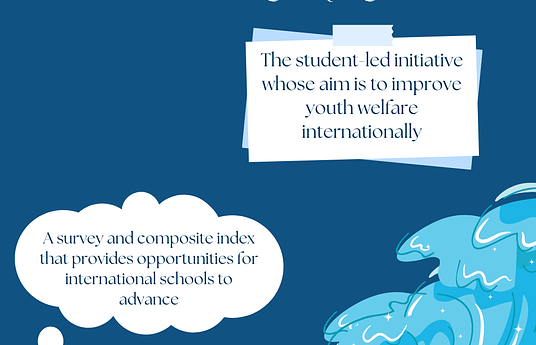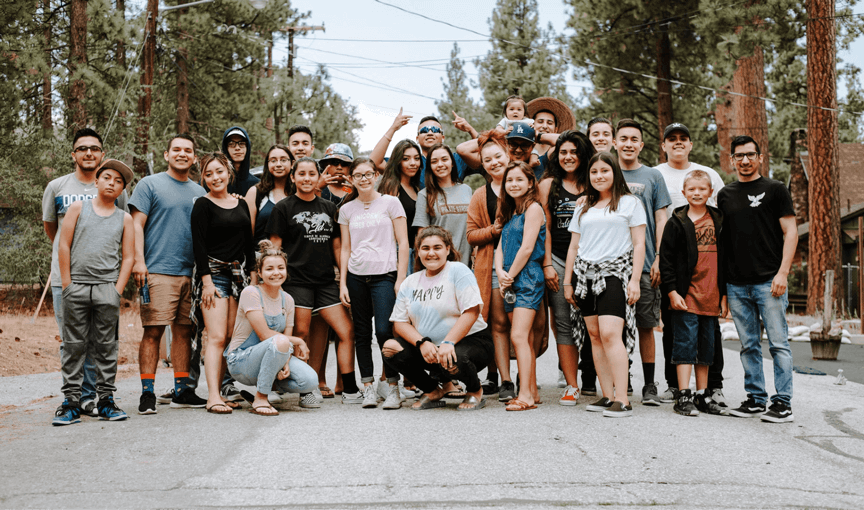I noticed that medical students are constantly tired. Working night shifts as doctors. they experience even more tiredness as a consequence of sleep deprivation. I created the Applied Napology course to improve their wellbeing during their studies and teach them how to fall asleep using different methods so that they can use that knowledge during and after night shifts. The course addresses the expectations and needs of medical students whose poor sleep quality and lack of rest between classes negatively affect their memory, concentration, mood, and immunity. It helps students not only rest between classes but also educates them on the benefits of napping over excessive consumption of coffee, energy drinks, nicotine and high-carbohydrate diets. In this way, it promotes a healthy lifestyle among future doctors and responds to a long-overdue call to address sleep hygiene among medical trainees. By promoting healthy sleep habits early in their careers, we can hopefully cultivate a future generation of doctors who are more aware of the vital role sleep plays in both personal well-being and patients' safety.
Power naps are already used at different workplaces around the world to ehnance both performance and well-being of employees. The existing research on naps shows how daytime sleep can improve cognitive functions, mood, immunity and more. It is high time it was implemented in medical settings.
The Applied Napology course lasts 15 weeks (a full semester) and is divided into two parts. During the first part, students learn about, for example: sleep cycles, sleep hygiene, risks associated with night shifts, sleep problems, recent research on sleep deprivation among doctors, and the effects of sleep deprivation on mental and physical health. The second part starts with testing a sleep technique (e.g. breathing exercises, visualisation, listening to white noise, or using lavender oil) or a gadget (e.g. eye masks or earplugs). Students then take a nap of different lengths (20, 30, or 60 minutes). They each have sleeping bags and sleep on the floor of a lecture hall with all doors and windows closed. I gently wake them when their nap time is over.
By practising napping using different techniques and gadgets, students have a chance to discover the optimal method that can serve them later during shift work—especially because they nap under non-ideal conditions, which mirrors how doctors often sleep in hospitals.
My students need to leave their phones on a sheet of paper on the spots with their names. We call it a phone parking. It serves as an attendance list.
We have been all over the news in Poland, so the course has definately highlighted the problem of sleep deprivation among doctors and other medical staff and became a starting point for a discussion on sleep problems in medical community. What's more, my students keep reporting the positive effects strategic napping has on their education and health. They often decide to practise napping on a regular basis.
Apart from sleeping techniques, I started teaching students about waking techniques such as vigorous exercise (we practise jumping jacks after naps) , exposure to the sun or spraying face with cold water. I have also added a presentation on a strategic coffee intake for night time workers.
You can try out different sleep techniques at home or at the office. This way you will learn your optimal sleep strategy that you can use to fall asleep quickly.



